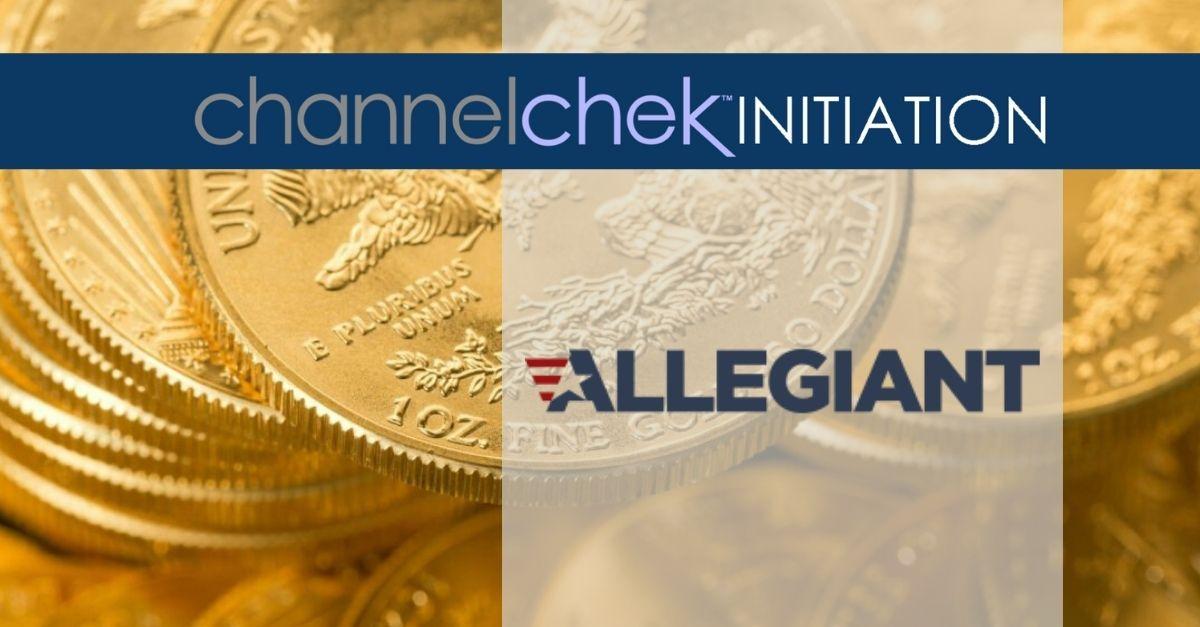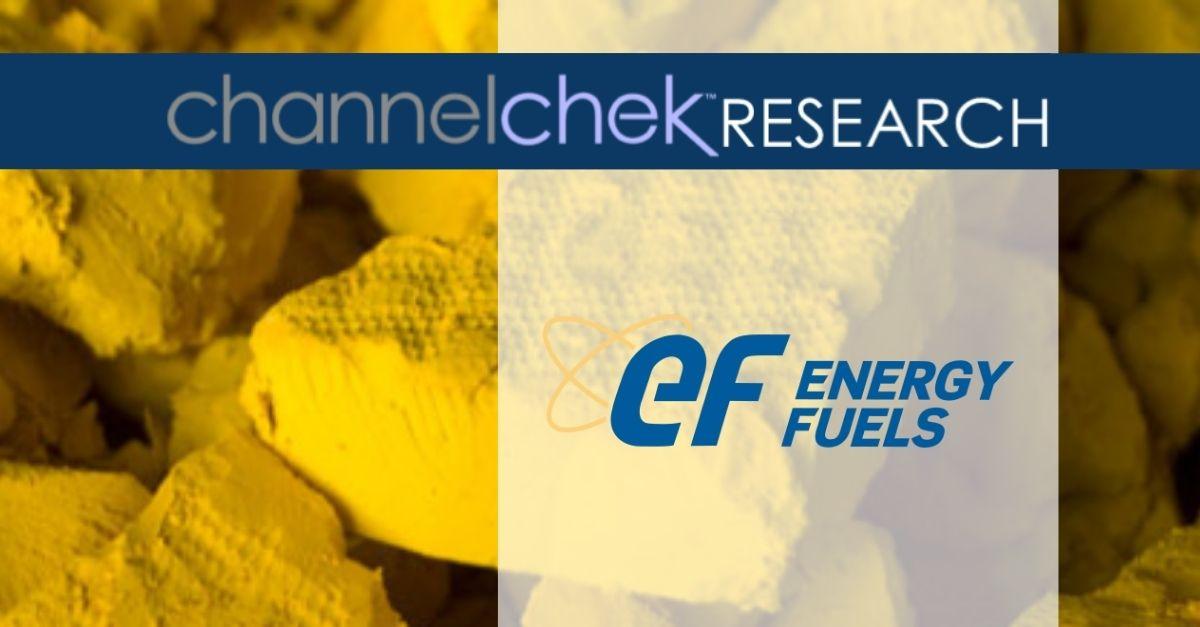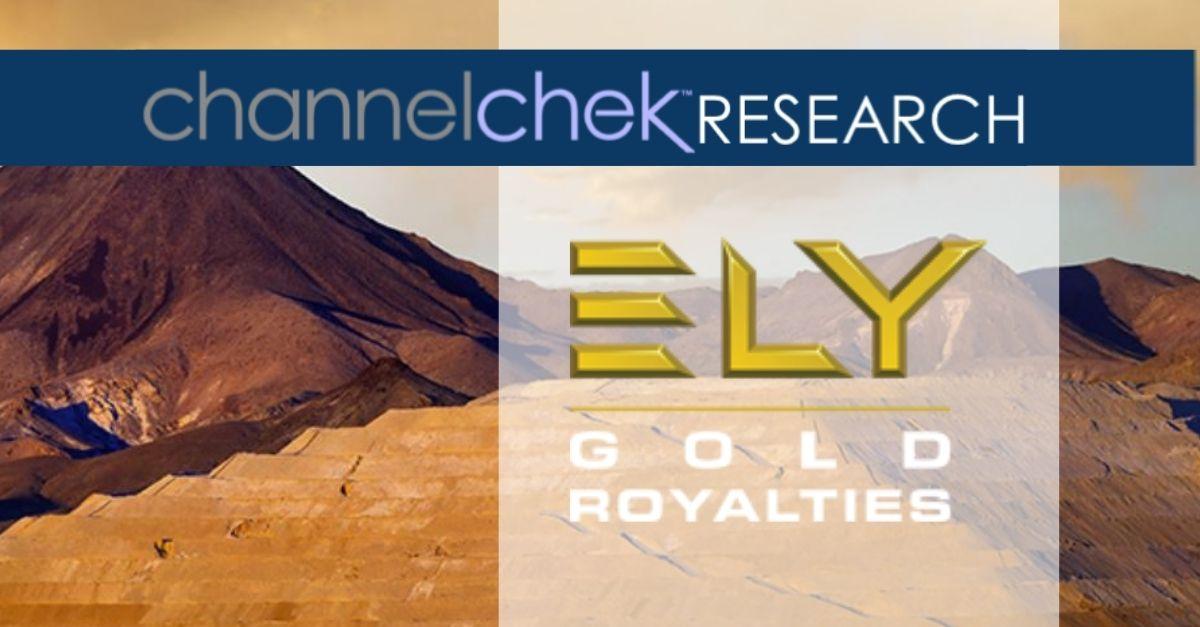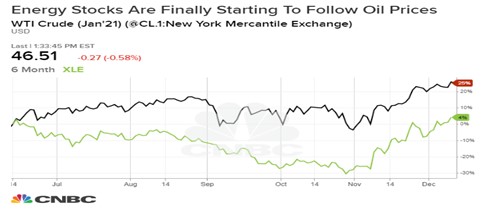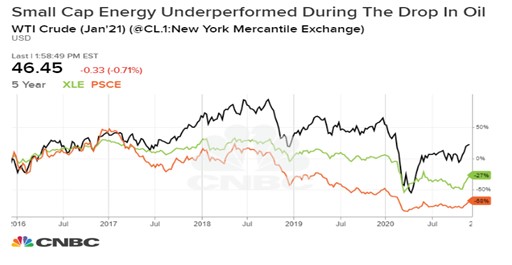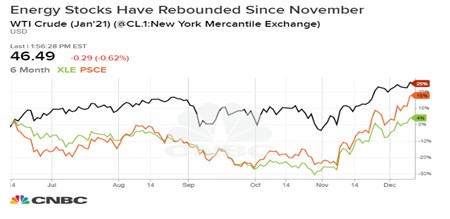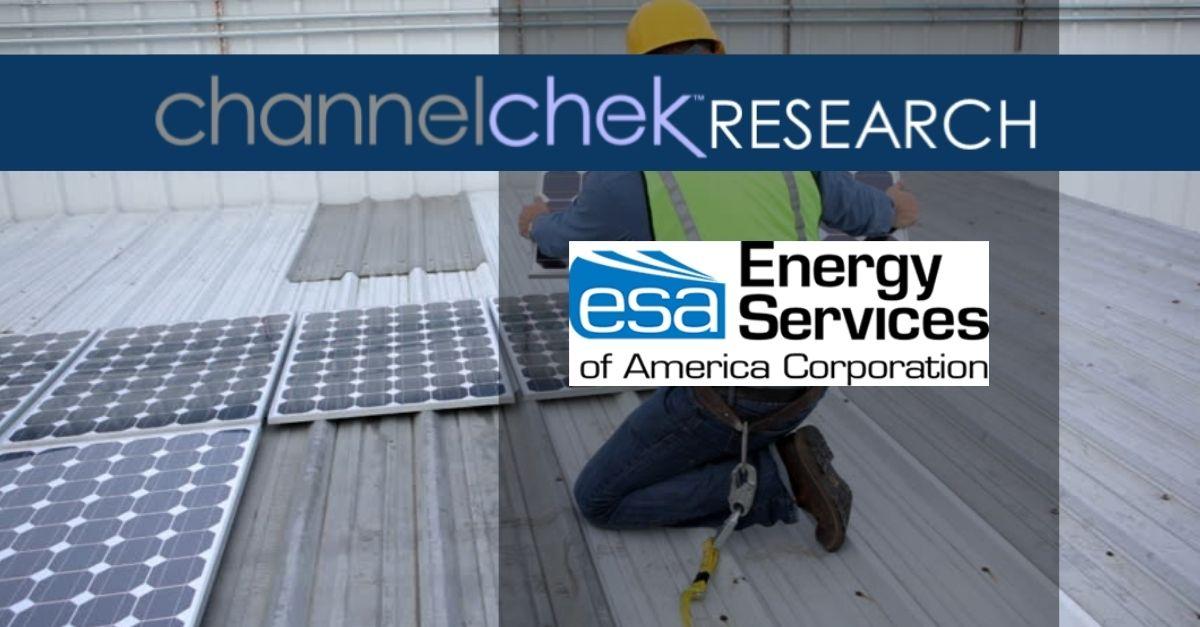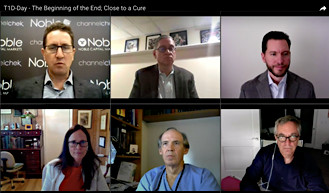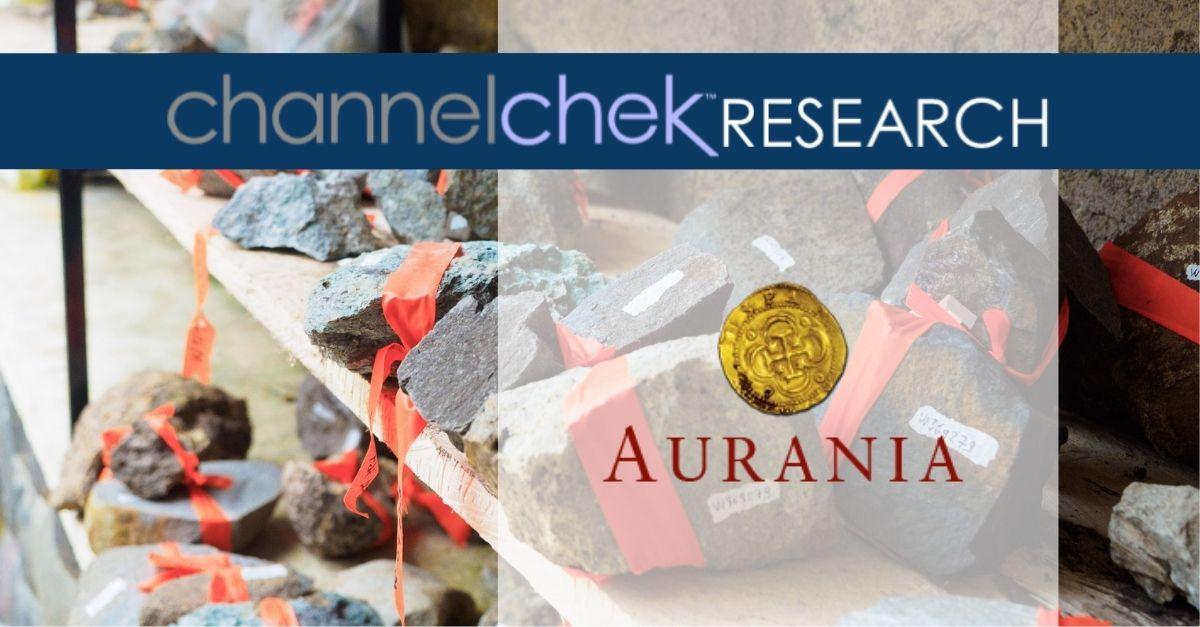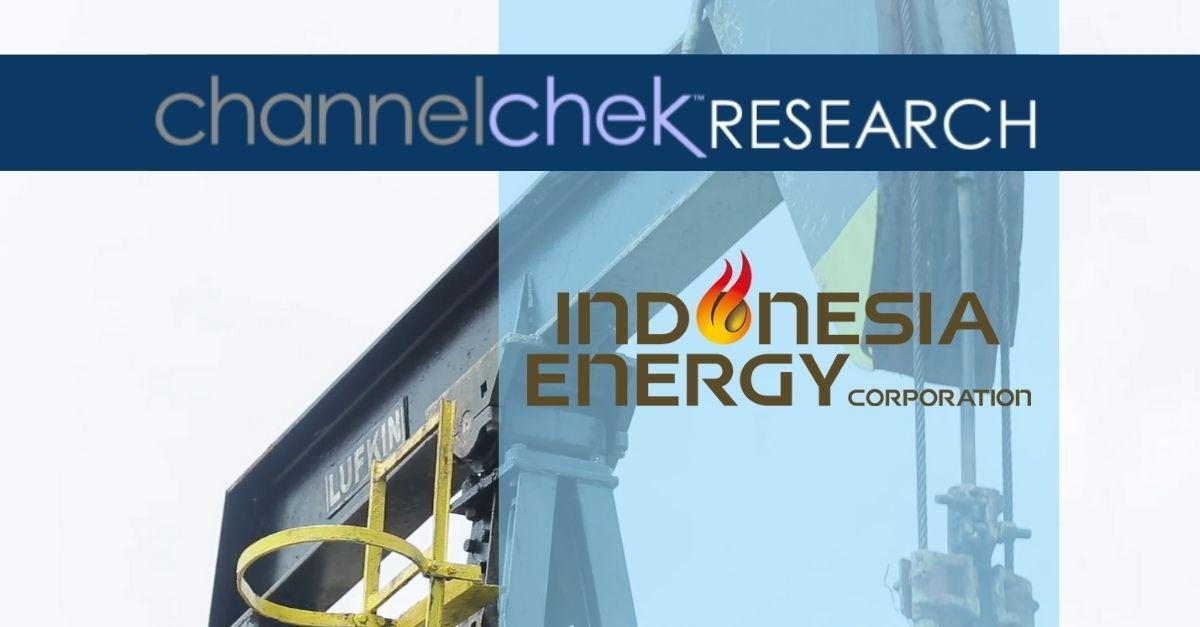
Energy Fuels Set to Enter Commercial Rare Earth Business in Q1-2021, Producing Materials That Make Many Clean Energy and Advanced Technologies Possible; Webcast on Dec. 15
New Monazite Supply Agreement with The Chemours Company
Supports Energy Fuels’ Efforts to Help Reestablish Key U.S. Supply Chain
LAKEWOOD, Colo., Dec. 14, 2020 /CNW/ – Energy Fuels Inc. (NYSE American: UUUU) (TSX: EFR) (“Energy Fuels” or the “Company”) is pleased to announce that it has entered into a three-year supply agreement with The Chemours Company (NYSE: CC) (“Chemours”) to acquire a minimum of 2,500 tons per year of natural monazite sands, one of the highest-grade rare earth element (“REE”) minerals in the world. Energy Fuels expects to process this monazite at its 100%-owned White Mesa Mill starting in Q1-2021, recover the contained uranium, and produce a marketable mixed REE carbonate, representing an extremely important step toward re-establishing a fully-integrated U.S. REE supply chain.
Upon a successful ramp-up of this program, Energy Fuels will be the first U.S. company in several years to produce a marketable mixed REE concentrate ready for separation on a commercial scale. We estimate that the amount of REEs contained in the monazite sands to be supplied by Chemours will equal close to 10% of total current U.S. REE demand, as contained in end-use products.
REEs are the building-blocks of a wide array of clean energy and advanced technologies, including wind turbines, electric vehicles, cell phones, computers, flat panel displays, advanced optics, catalysts, medicine, and national defense applications. Monazite also contains significant recoverable quantities of uranium, which fuels the production of carbon-free electricity using nuclear technology.
“With our announcement today, southeast Utah is fast becoming America’s clean energy and critical minerals hub,” stated Mark S. Chalmers, President and CEO of Energy Fuels. “Our goal is to domestically produce the raw materials needed for clean energy and advanced technologies, while creating green jobs in an economically challenged part of the country. Currently, the U.S. imports nearly all of our rare earth, uranium and vanadium requirements, despite having ample supplies here in the U.S. Importantly, in the United States we are highly regulated and operate to the highest standards, which means we produce these minerals more responsibly than many of the countries from which we currently import. Our agreement with Chemours may be the beginning of a real success story, not only for Energy Fuels, but also for local communities, Native Americans, conservation groups, the State of Utah, and the U.S. as a whole.”
“Our partnership with Energy Fuels to help support the rare earth supply chain in the U.S. came from a deliberate process of customer engagement and developing sustainable solutions for our critical minerals. This is consistent with Chemours’ goals of supporting advanced technologies and clean energy, and we will continue efforts to grow and diversify the domestic supply chain,” stated Bryan Snell, President of Titanium Technologies at Chemours.
Typical monazite sand ores from the southeast U.S. average about 55% total rare earth oxides (“TREO”) and 0.20% uranium, which is the typical grade of uranium found in uranium mines that have historically fed the White Mesa Mill. Of the 55% TREO typically found in the monazite sands, the neodymium and praseodymium oxides (“NdPr”) comprise approximately 22% of the TREO. Nd and Pr are among the most valuable of the REEs, as they are the key ingredient in the manufacture of high-strength permanent magnets which are essential to the lightweight and powerful motors required in electric vehicles (“EVs”) and permanent magnet wind turbines used for renewable energy generation, as well as to an array of other modern technologies, including, mobile devices and defense applications.
The monazite sands will be from Chemours’ Offerman Mineral Sand Plant in Georgia. Shipments of monazite sands from Georgia to the White Mesa Mill in Utah are expected to commence in the first quarter of 2021. The Company expects to recover uranium from the monazite and produce a commercially salable mixed REE carbonate containing ~71% TREO (dry basis). This REE product will be ready for REE separation, which is the next step in producing usable REE products.
The Company is also in discussions with other entities to acquire additional supplies of monazite and is working with the U.S. Department of Energy (“DOE”) to evaluate the potential to process other types of REE and uranium bearing ores at the White Mesa Mill produced from coal-based resources. The Company has a goal to process 15,000+ tons of monazite and other sources of ore per year for the recovery of REEs and uranium.
The Company also believes this project may, in time, result in among the lowest-cost REE production in the western world, since the Company is obtaining monazite from existing mining facilities in Georgia (and potentially elsewhere) and utilizing its existing White Mesa Mill processing facility in Utah. Utilizing existing facilities avoids the significant time and cost required to license and develop new facilities. In addition, since monazite sands are currently being separated from other mineral sands in Georgia and elsewhere, the Company will only incur the cost to acquire the monazite, thereby avoiding mining costs and associated risks.
The Company expects to sell some or all of its mixed REE carbonate to buyers in Europe and/or Asia until a REE separation facility is established in the United States. The Company is also evaluating the potential to perform REE separation, and potentially other downstream REE activities, including metal-making and alloying, in the future at the White Mesa Mill or elsewhere in the United States.
Further, Energy Fuels’ mixed REE carbonate production from monazite sand ores is expected to utilize only a very small amount of the White Mesa Mill’s ore production capacity and very little waste. The Company expects to acquire a minimum 2,500 tons of monazite sands in 2021 from Chemours alone and is looking to increase production in the future to up to approximately 15,000 tons of monazite sands per year. For comparison, the White Mesa Mill is licensed and designed to process 2,000 tons of ore per day on average, or 720,000 tons of ore per year. Therefore, 2,500 tons of monazite per year represents less than 0.4% of the Mill’s ore throughput capacity, and 15,000 tons would represent only about 2% of its throughput capacity. If the Company is successful in securing 15,000 tons of ore similar to the Chemours monazite, the Company believes it would produce approximately 50% of U.S. REE demand in a mixed REE carbonate. Furthermore, since monazite is typically comprised of approximately 55% recoverable uranium and REEs, the total volume of resulting waste is significantly lower than for most other mill feeds. The Company currently has 1.5 million tons of existing capacity in its fully-constructed, state-of-the-art, 1,000-year design tailings impoundments. Therefore, the annual waste streams from monazite ore processing will represent less than 1% of existing tailings capacity. Even at higher levels of monazite processing, very little waste will be generated.
Mr. Chalmers continued: “We are extremely excited about working with Chemours to help reestablish U.S. rare earth production. Chemours is a leader in the U.S. heavy mineral sands industry, and, together we are now taking an important first step in returning the REE supply chain back to the United States. We look forward to working with Chemours in the future to expand our mutual contributions to this important initiative.
“This is a proud moment for Energy Fuels, as we deploy our unique capabilities to benefit both the environment and our shareholders. Energy Fuels already produces uranium, which is the fuel for clean, carbon-free nuclear energy. And we periodically produce vanadium, which is used in the production of steel, aerospace alloys, and advanced grid-scale batteries used to store renewable energy. The responsible production of rare earths and uranium from natural monazite sand ores is an important clean-technology addition to those programs. We are also seeking to help the U.S. Environmental Protection Agency and Navajo Nation address historic, government-sponsored uranium mines, a project to which I am personally deeply committed.”
Webcast on Tuesday, December 15, 2020 at 11:00 am ET (9:00 am MT)
Energy Fuels will be hosting a video webcast on Tuesday, December 15, 2020 at 11:00 am ET (9:00 am MT) to discuss the Company’s entry into the commercial rare earth space. To join the webcast, please click on the link below to access the presentation and the viewer-controlled webcast slides:
Energy Fuels Set to Enter Commercial Rare Earth Production in Q1-2021
If you would like to participate in the webcast and ask questions, please dial (888) 664-6392 (toll free in the U.S. and Canada).
A link to a recorded version of the proceedings will be available on the Company’s website shortly after the webcast by calling (888) 390-0541 (toll free in the U.S. and Canada) and entering the code 875131#. The recording will be available until December 29, 2020.
About Energy Fuels: Energy Fuels is a leading U.S.-based uranium mining company, supplying U3O8 to major nuclear utilities. The Company also produces vanadium from certain of its projects, as market conditions warrant, and anticipates commencing commercial production of rare earth element (“REE”) carbonate in 2021. Its corporate offices are in Lakewood, Colorado, near Denver, and all of its assets and employees are in the United States. Energy Fuels holds three of America’s key uranium production centers: the White Mesa Mill in Utah, the Nichols Ranch in-situ recovery (“ISR”) Project in Wyoming, and the Alta Mesa ISR Project in Texas. The White Mesa Mill is the only conventional uranium mill operating in the U.S. today, has a licensed capacity of over 8 million pounds of U3O8 per year, has the ability to produce vanadium when market conditions warrant, and is completing final test-work for the production of REE carbonate from various uranium-bearing ores. The Nichols Ranch ISR Project is on standby and has a licensed capacity of 2 million pounds of U3O8 per year. The Alta Mesa ISR Project is also on standby and has a licensed capacity of 1.5 million pounds of U3O8 per year. In addition to the above production facilities, Energy Fuels also has one of the largest NI 43-101 compliant uranium resource portfolios in the U.S. and several uranium and uranium/vanadium mining projects on standby and in various stages of permitting and development. The primary trading market for Energy Fuels’ common shares is the NYSE American under the trading symbol “UUUU,” and the Company’s common shares are also listed on the Toronto Stock Exchange under the trading symbol “EFR.” Energy Fuels’ website is www.energyfuels.com.
Cautionary Note Regarding Forward-Looking Statements:
This news release contains certain “Forward Looking Information” and “Forward Looking Statements” within the meaning of applicable securities legislation, which may include, but is not limited to, statements with respect to: the Company being a leading producer of uranium in the U.S.; any expectation that the Company is able to produce REE carbonate from uranium-bearing ores or that the Company will commence commercial production of REE carbonate in 2021 or at all; any expectation that the Company’s REE project may, in time, result in among the lowest cost REE production in the western world; any expectation that the Company will be successful in acquiring additional supplies of monazite, or will be successful in processing other types of REE- and uranium bearing ores at the White Mesa Mill; any expectation that the Company will be successful in achieving its goal of processing 15,000+ tons of monazite and other sources of ore per year; any expectation that the Company will be able to sell some or all of its REE carbonate to buyers in Europe and/or Asia until a REE separation facility is established in the United States; any expectation that the Company may potentially perform separation, and other downstream REE activities including metal-making and alloying, in the future at the White Mesa Mill or elsewhere in the United States; any expectation that the Company will be successful in helping the EPA and Navajo Nation address historic abandoned uranium mines; any expectation that the Company will significantly increase the number of green jobs it is providing at the White Mesa Mill; and any other statements regarding Energy Fuels’ future expectations, beliefs, goals or prospects; constitute forward-looking information within the meaning of applicable securities legislation (collectively, “forward-looking statements”). All statements in this news release that are not statements of historical fact (including statements containing the words “expects,” “does not expect,” “plans,” “anticipates,” “does not anticipate,” “believes,” “intends,” “estimates,” “projects,” “potential,” “scheduled,” “forecast,” “budget” and similar expressions) should be considered forward-looking statements. All such forward-looking statements are subject to important risk factors and uncertainties, many of which are beyond Energy Fuels’ ability to control or predict. A number of important factors could cause actual results or events to differ materially from those indicated or implied by such forward-looking statements, including without limitation factors relating to: the Company being a leading producer of uranium in the U.S.; any expectation that the Company is able to produce REE carbonate from uranium-bearing ores or that the Company will commence commercial production of REE carbonate in 2021 or at all; any expectation that the Company’s REE project may, in time, result in among the lowest cost REE production in the western world; any expectation that the Company will be successful in acquiring additional supplies of monazite, or will be successful in processing other types of REE- and uranium bearing ores at the White Mesa Mill; any expectation that the Company will be successful in achieving its goal of processing 15,000+ tons of monazite and other sources of ore per year; any expectation that the Company will be able to sell some or all of its REE carbonate to buyers in Europe and/or Asia until a REE separation facility is established in the United States; any expectation that the Company may potentially perform separation, and other downstream REE activities including metal-making and alloying, in the future at the White Mesa Mill or elsewhere in the United States; any expectation that the Company will be successful in helping the EPA and Navajo Nation address historic abandoned uranium mines; any expectation that the Company will significantly increase the number of green jobs it is providing at the White Mesa Mill; and the other risk factors as described in Energy Fuels’ most recent annual report on Form 10-K and quarterly financial reports. Energy Fuels assumes no obligation to update the information in this communication, except as otherwise required by law. Additional information identifying risks and uncertainties is contained in Energy Fuels’ filings with the various securities commissions, which are available online at www.sec.gov and www.sedar.com. Forward-looking statements are provided for the purpose of providing information about the current expectations, beliefs and plans of the management of Energy Fuels relating to the future. Readers are cautioned that such statements may not be appropriate for other purposes. Readers are also cautioned not to place undue reliance on these forward-looking statements, that speak only as of the date hereof.
SOURCE Energy Fuels Inc.



